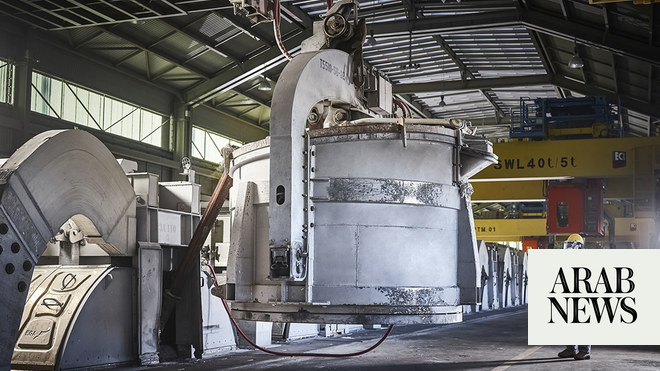
The Emirates Group announced on Thursday its half-year results for its 2019-20 financial year.
The Group revenue was AED53.3 billion (US$ 14.5 billion) for the first six months of 2019-20, down 2 percent from AED54.4 billion (US$ 14.8 billion) during the same period last year. This slight revenue decline was mainly due to planned capacity reductions during the 45-day Southern Runway closure at Dubai International airport,DXB, and unfavourable currency movements in Europe, Australia, South Africa, India, and Pakistan.
Profitability was up 8 percent compared to the same period last year, with the Group reporting a 2019-20 half-year net profit of AED1.2 billion (US$ 320 million). The profit improvement was primarily due to the decline in fuel prices of 9 percent compared to the same period last year, however the gain from lower fuel costs were partially offset by negative currency movements.
The Group’s cash position on 30th September 2019 stood at AED23.0 billion (US$ 6.3 billion), compared to AED22.2 billion (US$ 6.0 billion) as at 31st March 2019, WAM reported.
The Emirates Group delivered a steady and positive performance in the first half of 2019-20, by adapting our strategies to navigate the tough trading conditions and social-political uncertainty in many markets around the world. Both Emirates and dnata worked hard to minimise the impact of the planned runway renovations at DXB on our business and on our customers. We also kept a tight rein on controllable costs and continued to drive efficiency improvement, while ensuring that our resources were deployed nimbly to capitalise on areas of opportunity.
"The lower fuel cost was a welcome respite as we saw our fuel bill drop by AED2.0 billion compared to the same period last year. However, unfavourable currency movements wiped off approximately AED 1.2 billion from our profits.
"The global outlook is difficult to predict, but we expect the airline and travel industry to continue facing headwinds over the next six months with stiff competition adding downward pressure on margins. As a Group we remain focussed on developing our business, and we will continue to invest in new capabilities that empower our people, and enable us to offer even better products, services, and experiences for our customers."
Sheikh Ahmed bin Saeed Al Maktoum, Chairman and Chief Executive, Emirates Airline and Group, said: The Emirates Group’s employee base remained unchanged compared to 31 March 2019, at an overall average staff count of 105,315. This is in line with the company’s planned capacity and business activities, and also reflects the various internal programmes to improve efficiency through the implementation of new technology and workflows. During the first six months of 2019-20, Emirates received 3 Airbus A380s, with 3 more new aircraft scheduled to be delivered before the end of the 2019-20 financial year. It also retired 6 older aircraft from its fleet with a further 2 to be returned by 31 March 2020. The airline’s long-standing strategy to invest in the most advanced wide-body aircraft enables it to improve overall efficiency, minimise its emissions footprint, and provide high quality customer experiences.
Emirates continues to offer ever better connections for its customers across the globe with just one stop in Dubai. In the first six months of its financial year, Emirates added two new passenger routes: Dubai-Bangkok-Phnom Penh, and Dubai-Porto, Portugal. As of 30 September, Emirates’ global network spanned 158 destinations in 84 countries. Its fleet stood at 267 aircraft including freighters.
Emirates also further developed its partnership with flydubai. Both airlines continued to leverage their complementary networks to optimise flight schedules and offer new city-pair connections through Dubai, as well as open new routes including Naples,Italy, and Tashkent,Uzbekistan, in the first half of 2019-20. Customers also enjoy even more benefits with a single loyalty programme under Emirates Skywards, and passengers connecting between Emirates and flydubai can experience seamless transits with 22 flydubai flights now operating from Emirates Terminal 3 at DXB.
According to WAM, overall capacity during the first six months of the year declined by 7 percent to 29.7 billion Available Tonne Kilometres,ATKM, mainly due to the DXB runway closure and reduction in fleet during this 45-day period. Capacity measured in Available Seat Kilometres,ASKM, shrunk by 5 percent, whilst passenger traffic carried measured in Revenue Passenger Kilometres,RPKM,was down by 2 percent with average Passenger Seat Factor rising to 81.1 percent, compared with last year’s 78.8 percent.
Emirates carried 29.6 million passengers between 1 April and 30 September 2019, down 2 percent from the same period last year, however, passenger yield increased by 1 percent period-on-period. The volume of cargo uplifted at 1.2 million tonnes has decreased by 8 percent while yield declined by 3 percent. This reflects the tough business environment for air freight in the context of global trade tensions and unrest in some key cargo markets.












